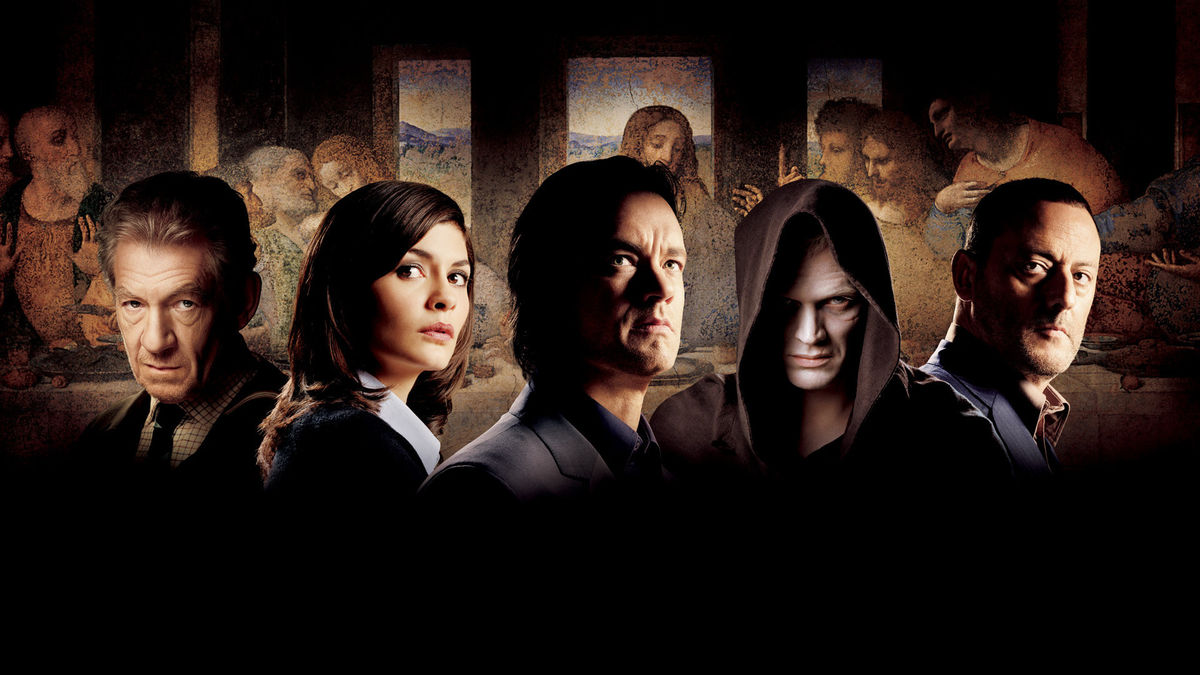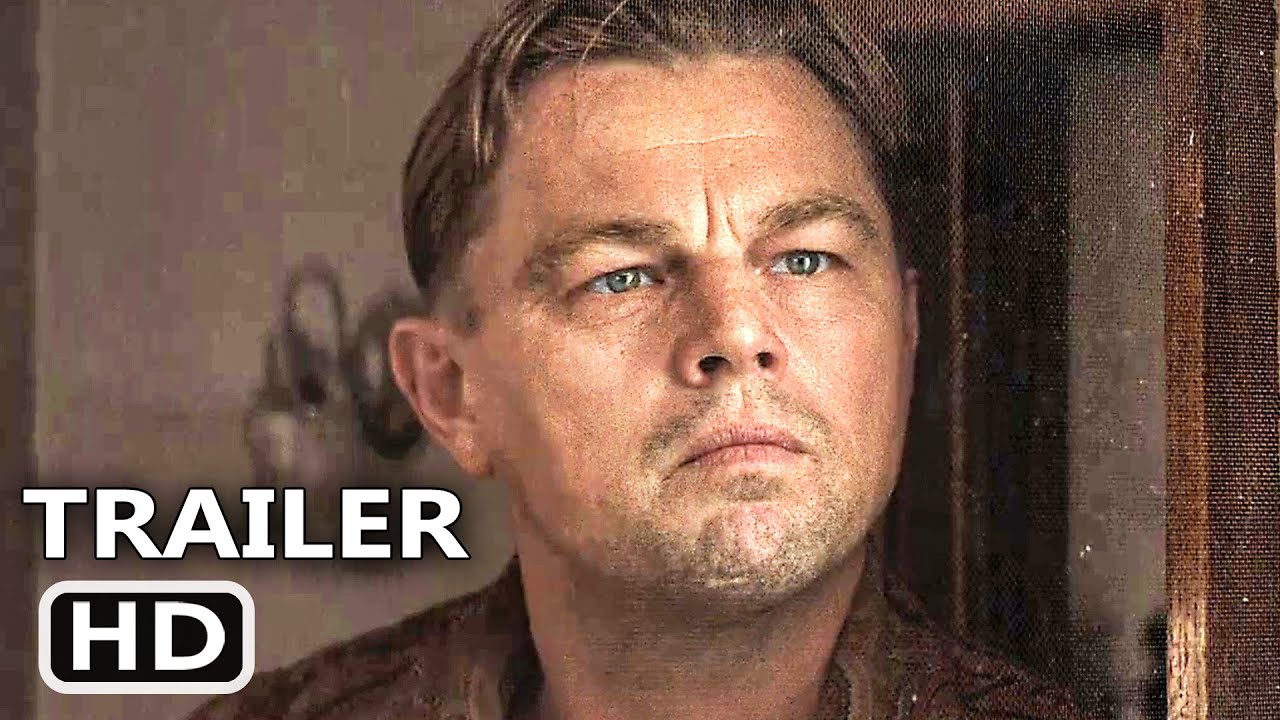The Da Vinci Code: Themes, Characters, And Literary Devices

Table of Contents
Unveiling the Central Themes of The Da Vinci Code
The Da Vinci Code is far more than a thrilling mystery; it’s a complex tapestry woven with several interwoven themes.
Religious Conspiracy and the Suppression of Truth
At the heart of The Da Vinci Code lies a provocative theme: the alleged suppression of historical truths by the Catholic Church. This core concept fuels the entire narrative.
- The Priory of Sion: This fictional organization, presented as a guardian of ancient secrets, plays a crucial role in perpetuating the narrative's central conspiracy.
- The Holy Grail's True Nature: The novel challenges traditional interpretations, suggesting a symbolic, rather than literal, meaning, representing Mary Magdalene and her lineage.
- The Historical Jesus and Mary Magdalene: Brown presents a controversial reinterpretation of Jesus's life, suggesting a romantic relationship with Mary Magdalene and a lineage that continues to the present day.
- The Distortion of Religious History: The novel posits that much of the accepted religious history has been deliberately altered to maintain power and control.
This religious conspiracy theme drives the plot forward, creating conflict between faith and reason, and prompting readers to question established narratives. The exploration of religious conspiracy and historical revisionism is central to understanding the novel’s impact. The book expertly utilizes suppressed history as a narrative device, sparking interest and debate.
The Search for Identity and Meaning
Beyond the overarching religious conspiracy, The Da Vinci Code explores the deeply personal journeys of its characters as they grapple with questions of identity and meaning.
- Robert Langdon's Intellectual Journey: The renowned symbologist embarks on a quest for truth, challenging his own preconceived notions and beliefs along the way. His journey reflects a broader search for intellectual understanding.
- Sophie Neveu's Search for Identity and Family History: Sophie's personal quest intertwines with the central mystery, unraveling not only the secrets of the past but also her own heritage and place in the world. Her identity crisis leads her on a personal journey of self-discovery.
- The Pursuit of Knowledge and Understanding: The characters' relentless pursuit of knowledge underscores the novel's larger theme of uncovering hidden truths, searching for answers, and defining one's own meaning of life.
The intertwining of these personal journeys with the overarching mystery adds a layer of emotional depth, making The Da Vinci Code more than just a simple thriller. This The Da Vinci Code analysis reveals a fascinating exploration of human nature and existential questions.
The Power of Symbols and Iconography
Brown masterfully employs symbolism and iconography throughout The Da Vinci Code, using them not just as plot devices but as key elements in conveying hidden meanings and driving the narrative forward.
- The Use of Religious Symbols: From the ubiquitous use of the Holy Grail to the subtle hints found in religious art, Brown weaves a complex web of symbols that holds clues to the central mystery.
- The Fibonacci Sequence: This mathematical sequence appears throughout the novel, highlighting the presence of patterns and hidden codes.
- The Importance of Art and Architecture as Clues: The novel uses famous paintings and architectural marvels as integral parts of the puzzle, transforming iconic pieces of art into clues.
- The Rose Line: This fictional geographical line connects key locations in the narrative, serving as a visual representation of the hidden path to the truth.
The effective use of hidden meanings within the artistic clues makes Da Vinci Code symbols an integral part of the novel's overall impact. Understanding the symbolism is crucial to fully appreciating the novel's intricate plot and underlying messages.
Memorable Characters in The Da Vinci Code
The success of The Da Vinci Code is also due to its memorable cast of characters.
Robert Langdon
Robert Langdon, the Harvard symbologist, serves as the novel's protagonist. His expertise in art, religion, and symbols is crucial to solving the mystery. As a Harvard professor and renowned symbologist, Langdon is the reader's guide through the complex world of The Da Vinci Code’s protagonist. His calm demeanor and intellectual approach make him a compelling and relatable figure.
Sophie Neveu
Sophie Neveu, a brilliant cryptologist, is a strong female character, whose journey of self-discovery is central to the narrative. As a skilled cryptologist, she partners with Langdon and their intellectual partnership drives much of the story. The novel highlights her strength as a female protagonist and her journey of discovering her family secrets and her role in the grand conspiracy.
Silas
Silas, the albino monk and assassin, embodies the novel's darker elements. His fervent religious belief is twisted into fanaticism, making him a truly memorable and terrifying antagonist. As an assassin driven by religious fervor, Silas provides a striking contrast to the protagonists. His actions help to illustrate the dangers and consequences of religious extremism.
Literary Devices Employed in The Da Vinci Code
Brown employs several key literary devices to create a compelling and suspenseful narrative.
Suspense and Mystery
The Da Vinci Code is a masterclass in suspense. Brown expertly employs a variety of techniques to maintain the reader's intrigue.
- Cliffhangers: The chapters consistently end on cliffhangers, keeping readers hooked.
- Red Herrings: The novel incorporates red herrings, misdirection to confuse the reader and prolong suspense.
- Gradual Revelation of Clues: Clues are revealed gradually, creating a sense of anticipation and discovery.
- Pacing of the Narrative: The carefully orchestrated pacing keeps readers guessing.
The overall effect is a truly gripping thriller, a mystery that keeps you guessing until the very end. The masterful use of suspense in The Da Vinci Code’s narrative structure is a key part of the novel’s overall success.
Use of Historical Facts and Fiction
Brown masterfully blends historical facts with fictional elements, creating a believable narrative.
- The Use of Real Historical Figures and Locations: The inclusion of real-world settings and historical figures adds a layer of authenticity.
- The Blending of Fact and Fiction: Brown's skillful weaving of fact and fiction makes the story more believable and engaging, blurring the lines between reality and fantasy.
- The Plausibility of the Narrative: Despite the fantastical elements, Brown creates a surprisingly plausible narrative, leaving the reader to question what may be true.
This masterful use of historical fiction creates a unique reading experience that is both enjoyable and thought-provoking. The Da Vinci Code’s plot showcases how historical facts can be convincingly blended with fictional elements.
Point of View and Narrative Structure
Brown uses a third-person omniscient narrative, giving the reader access to the thoughts and feelings of multiple characters.
- This third-person narrative allows the reader to experience the story from multiple perspectives, gaining a more comprehensive understanding of the events unfolding.
- The story's point of view enhances reader engagement, making the suspense even more effective.
- The use of storytelling creates a sense of mystery and invites readers to uncover the truth alongside the protagonists.
This effective use of narrative structure and point of view contributes greatly to the success of The Da Vinci Code. The The Da Vinci Code technique of storytelling is a model of effective suspense building.
Conclusion
The Da Vinci Code is a captivating blend of historical fiction, religious intrigue, and personal journeys. The novel masterfully explores themes of religious conspiracy, the search for identity, and the power of symbolism. Memorable characters like Robert Langdon, Sophie Neveu, and Silas drive the narrative, while Brown's effective use of suspense, historical accuracy, and narrative structure ensures a truly gripping read. The Da Vinci Code's enduring appeal lies in its ability to spark discussions, challenge assumptions, and encourage readers to question established narratives. Unravel the mysteries of The Da Vinci Code – revisit this classic or experience its captivating blend of history, mystery, and symbolism for the first time! Decode the secrets of The Da Vinci Code and embark on your own intellectual adventure!

Featured Posts
-
 Di Caprio Gazsija Tulsagosan Draga A Hollywoodi Produkcioknak
May 13, 2025
Di Caprio Gazsija Tulsagosan Draga A Hollywoodi Produkcioknak
May 13, 2025 -
 Game Retailers Break Street Date Doom The Dark Age Spoilers Everywhere
May 13, 2025
Game Retailers Break Street Date Doom The Dark Age Spoilers Everywhere
May 13, 2025 -
 Edinaya Rossiya Deputaty Gotovyat Predlozheniya Dlya Predvybornoy Programmy
May 13, 2025
Edinaya Rossiya Deputaty Gotovyat Predlozheniya Dlya Predvybornoy Programmy
May 13, 2025 -
 Blow Your Mind Unforgettable Adventures And Extraordinary Encounters
May 13, 2025
Blow Your Mind Unforgettable Adventures And Extraordinary Encounters
May 13, 2025 -
 Court Upholds Ruling Against Trump In Alien Enemies Act Case
May 13, 2025
Court Upholds Ruling Against Trump In Alien Enemies Act Case
May 13, 2025
Latest Posts
-
 Filmes Parok Akik A Kepernyon Szerelmesek Voltak A Valosagban Viszont Leonardo Di Caprio Peldaja Alapjan
May 13, 2025
Filmes Parok Akik A Kepernyon Szerelmesek Voltak A Valosagban Viszont Leonardo Di Caprio Peldaja Alapjan
May 13, 2025 -
 Lywnardw Dy Kabryw W Qanwn Lyw Hl Anthkt Alqaedt Me Hbybth Aljdydt
May 13, 2025
Lywnardw Dy Kabryw W Qanwn Lyw Hl Anthkt Alqaedt Me Hbybth Aljdydt
May 13, 2025 -
 Leonardo Di Caprios Next 5 Films A Complete Guide
May 13, 2025
Leonardo Di Caprios Next 5 Films A Complete Guide
May 13, 2025 -
 The Intense Backlash Against Leonardo Di Caprio Understanding The Response
May 13, 2025
The Intense Backlash Against Leonardo Di Caprio Understanding The Response
May 13, 2025 -
 5 1 Filmes Szerelmespar Akik Valojaban Utaltak Egymast A Forgatason Leonardo Di Caprio Ihlette
May 13, 2025
5 1 Filmes Szerelmespar Akik Valojaban Utaltak Egymast A Forgatason Leonardo Di Caprio Ihlette
May 13, 2025
